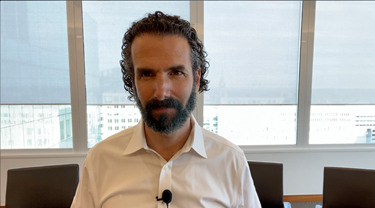Europe can expect a bumpier ride, with the Euro Area forecast to grow by just 0.7% in 2024 and 1.7% in 2025. Across the region, governments are looking to stabilize spending, and European Central Bank tightening has led to demand destruction. At the same time, industrial production continues to struggle with energy security concerns, and stalling Chinese demand is weighing on the region’s export base.
This commentary is presented for informational purposes only. It’s not intended to be a comprehensive or detailed statement on any subject and no representations or warranties, express or implied, are made as to its accuracy, timeliness or completeness. Nothing in this commentary is intended to provide financial, legal, accounting or tax advice nor should it be relied upon. EDC nor the author is liable whatsoever for any loss or damage caused by, or resulting from, any use of or any inaccuracies, errors or omissions in the information provided.







